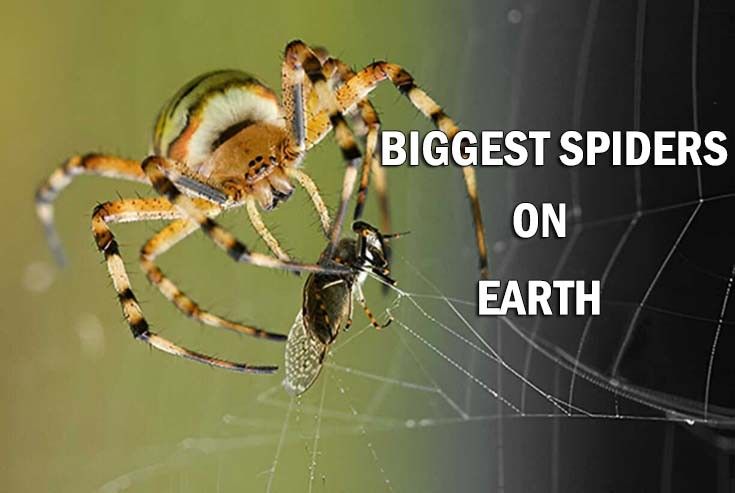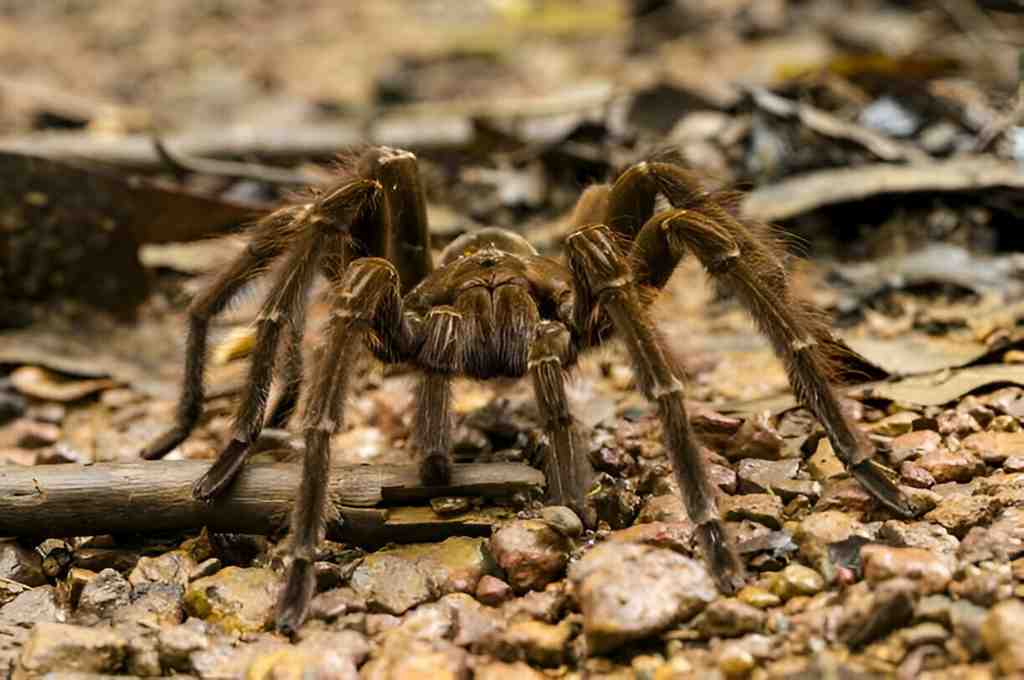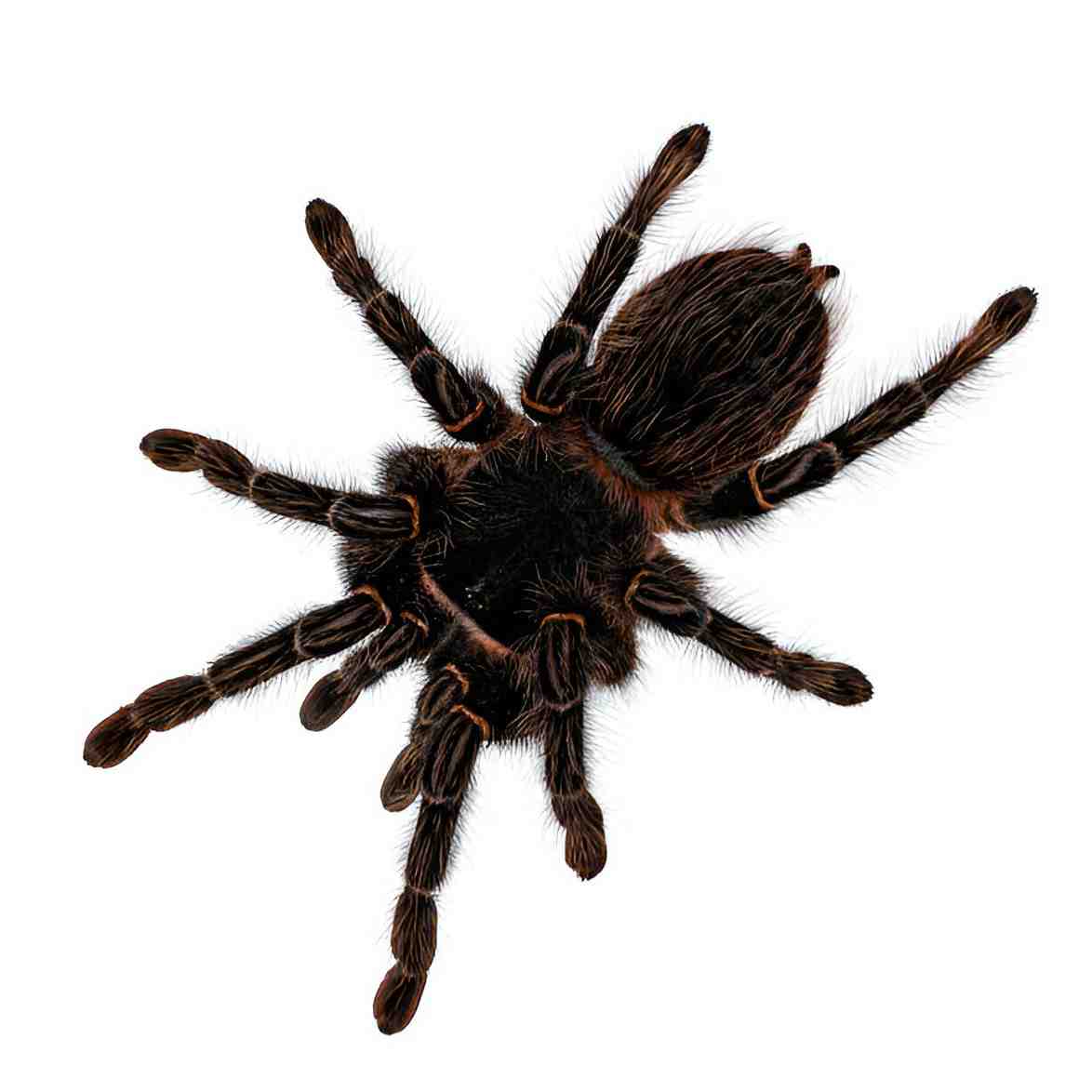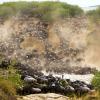Biggest spiders on earth
Big spiders in the world is an arachnid belonging to the order Araneae.
Here are some key characteristics of world largest spiders:
-
Eight Legs: Spiders have eight legs, unlike insects, which have six.
-
Body Segments: Their bodies are divided into two main parts: the cephalothorax (which includes the head and thorax fused together) and the abdomen.
-
Silk Production: Most spiders can produce silk from spinnerets located at the end of their abdomen. They use silk to create webs for trapping prey, building shelters, or other purposes.
-
Predatory Behavior: Spiders are primarily carnivorous, feeding on insects and other small animals. They capture and immobilize their prey using venom injected through their fangs.
-
Wide Variety: There are over 45,000 known species of spiders, ranging in size, color, and habitat preferences. They are found on every continent except Antarctica.
Spiders play a crucial role in ecosystems by controlling insect populations and serving as prey for other animals.
Here are biggest spiders on earth:
Goliath Birdeater (Theraphosa blondi)
Description: The largest spider by mass and size. It can have a leg span of up to 12 inches (30 cm).
Habitat: Found in the rainforests of South America.
Behavior: Eats insects, small mammals, and occasionally birds.
Giant Huntsman Spider (Heteropoda maxima)
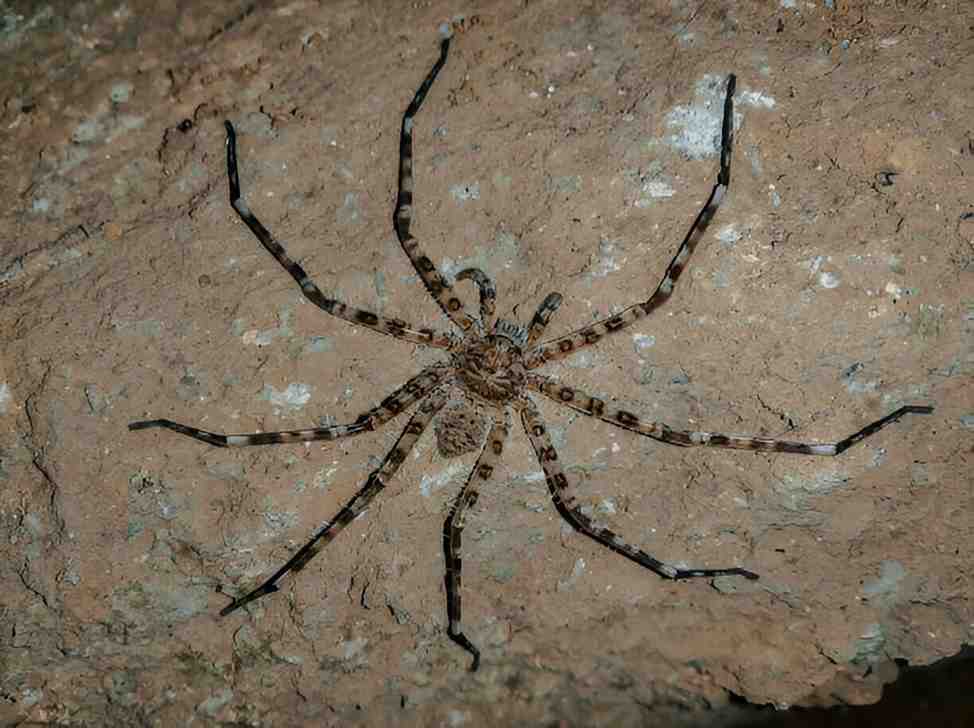
Description: Known for having the largest leg span of any spider, reaching up to 12 inches (30 cm).
Habitat: Native to Laos.
Behavior: Hunts and captures prey rather than building webs.
Brazilian Salmon Pink Birdeater (Lasiodora parahybana)
Description: Can reach a leg span of up to 10 inches (25 cm).
Habitat: Found in Brazil.
Behavior: Known for its aggressive hunting style and can eat a variety of prey.
Brazilian Giant Tawny Red Tarantula (Grammostola anthracina)
Description: Reaches a leg span of around 8.5 inches (22 cm).
Habitat: Native to Brazil and Uruguay.
Behavior: Often kept as pets due to their docile nature.
Chaco Golden Knee (Grammostola pulchripes)
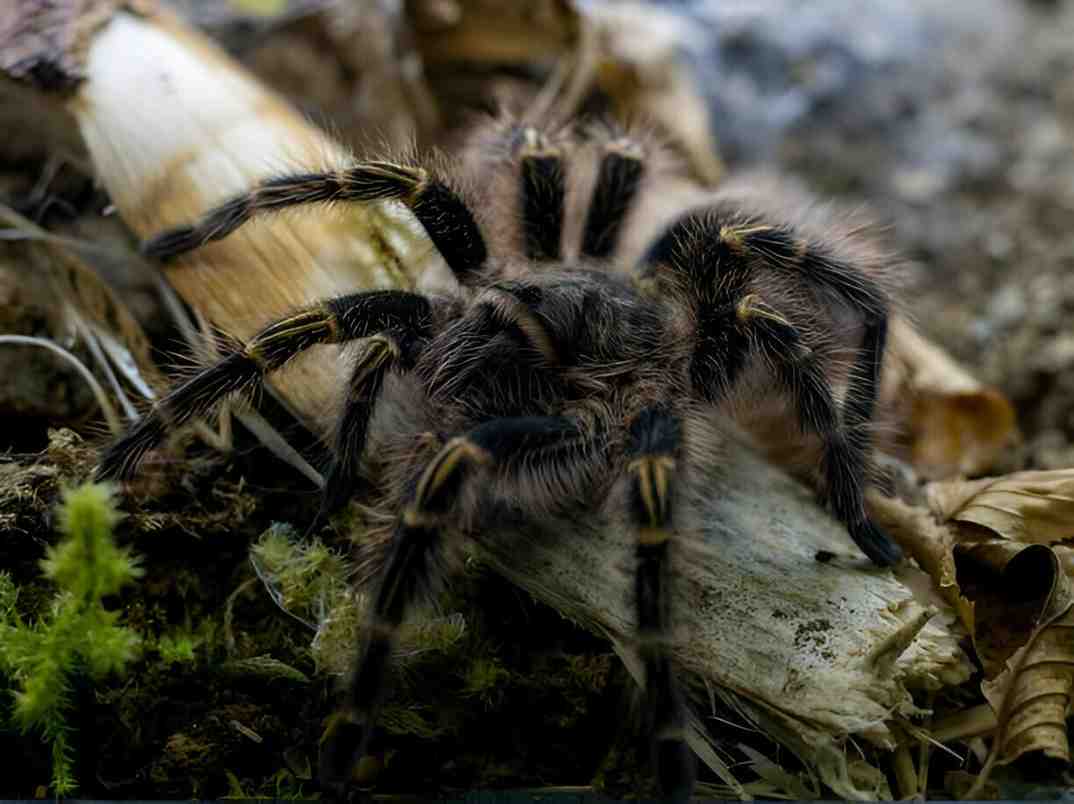
Description: Can grow up to 8 inches (20 cm) in leg span.
Habitat: Found in Argentina and Paraguay.
Behavior: Known for their striking appearance and calm demeanor, often kept as pets.
These spiders are known for their impressive size and unique characteristics, making them some of the most fascinating arachnids in the world.

